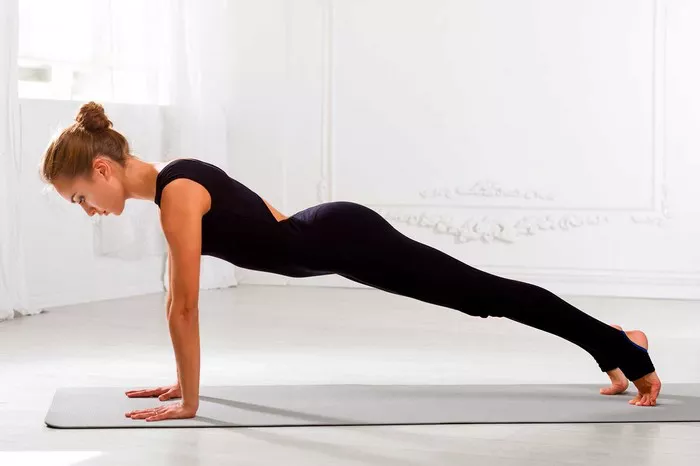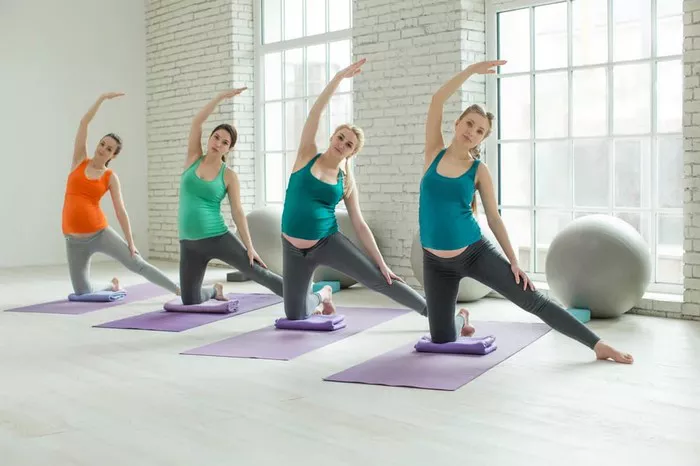In recent years, yoga has transcended its traditional image as a gentle form of exercise aimed at improving flexibility and reducing stress. With the emergence of power yoga, a more dynamic and physically demanding practice, questions arise about its ability to build muscle. While some may view yoga as primarily a tool for enhancing flexibility and relaxation, others argue that power yoga can indeed contribute to muscle development. In this article, we delve into the science behind power yoga to determine its efficacy as a muscle-building exercise.
Understanding Power Yoga
Before delving into its muscle-building potential, it’s essential to understand what distinguishes power yoga from other forms of yoga. Power yoga, also known as vinyasa or flow yoga, is a vigorous and dynamic form of yoga that synchronizes breath with movement. Unlike traditional yoga, which may focus more on holding static poses, power yoga involves continuous movement through a series of poses, often at a faster pace. This dynamic nature challenges not only flexibility and balance but also strength and endurance.
Muscle Building: The Science Behind Power Yoga
Building muscle requires two primary stimuli: mechanical tension and metabolic stress. Mechanical tension refers to the force exerted on the muscles, typically through resistance training, while metabolic stress involves the buildup of metabolites such as lactate during exercise. Power yoga incorporates both of these stimuli, albeit in a different manner than traditional resistance training.
During power yoga, practitioners engage in a variety of poses that require them to support their body weight against gravity. Poses such as plank, chaturanga, and warrior sequences place significant demands on the muscles, leading to the generation of mechanical tension. Additionally, the flowing nature of power yoga sequences ensures that muscles are continuously challenged as they transition between poses, enhancing both strength and endurance.
Moreover, the repetitive nature of power yoga sequences can induce metabolic stress within the muscles. As practitioners move through sequences with controlled breathing, they may experience a buildup of metabolites such as lactate, which contributes to muscle fatigue and growth. This combination of mechanical tension and metabolic stress makes power yoga a potentially effective means of building muscle.
The Role of Progressive Overload
One of the fundamental principles of muscle building is progressive overload, which involves gradually increasing the demands placed on the muscles over time. While power yoga may not involve traditional resistance training equipment such as weights or resistance bands, it can still adhere to the principle of progressive overload.
In power yoga, progressive overload can be achieved through various means, including increasing the duration or intensity of the practice, incorporating more challenging poses, or reducing rest periods between sequences. By continually challenging the muscles in this manner, practitioners can stimulate muscle growth and adaptation over time.
Muscle Activation in Power Yoga Poses
To understand the muscle-building potential of power yoga, it’s essential to examine the specific muscles targeted during various poses. While power yoga engages the entire body, certain poses emphasize particular muscle groups.
1. Plank Pose: Plank pose is a fundamental component of many power yoga sequences and is highly effective at targeting the core muscles, including the rectus abdominis, obliques, and transverse abdominis. Additionally, plank pose engages the muscles of the shoulders, chest, and legs, making it a comprehensive strength-building exercise.
2. Chaturanga Dandasana (Four-Limbed Staff Pose): Chaturanga is a challenging pose that targets the muscles of the arms, shoulders, chest, and core. It requires significant upper body strength to maintain proper alignment and stability throughout the pose.
3. Warrior Poses (Virabhadrasana I, II, III): The warrior poses are dynamic sequences that target the muscles of the legs, including the quadriceps, hamstrings, glutes, and calves. These poses also engage the core muscles for stability and balance.
4. Balancing Poses (e.g., Tree Pose, Eagle Pose): Balancing poses in power yoga require not only strength but also concentration and coordination. Muscles throughout the body, particularly those in the legs, ankles, and core, are activated to maintain balance and stability.
By incorporating a variety of poses that target different muscle groups, power yoga provides a well-rounded workout that can contribute to overall muscle development.
The Importance of Nutrition and Recovery
While power yoga can stimulate muscle growth, its effectiveness is contingent on adequate nutrition and recovery. To support muscle growth, practitioners should consume a balanced diet that provides sufficient protein, carbohydrates, and fats. Protein, in particular, is essential for muscle repair and growth, so ensuring an adequate intake is crucial.
Additionally, proper recovery is essential for allowing muscles to repair and grow stronger. This includes adequate rest between yoga sessions, as well as incorporating techniques such as stretching, foam rolling, and massage to alleviate muscle soreness and prevent injury.
Conclusion
Power yoga can be an effective means of building muscle when practiced consistently and in conjunction with proper nutrition and recovery strategies. By incorporating dynamic sequences that challenge both strength and endurance, power yoga stimulates muscle growth through mechanical tension and metabolic stress. While it may not replicate the effects of traditional resistance training entirely, power yoga offers a unique and holistic approach to muscle building that can complement a well-rounded fitness routine. So, for those seeking to enhance strength, flexibility, and overall fitness, power yoga may indeed be a valuable addition to their exercise regimen.






















